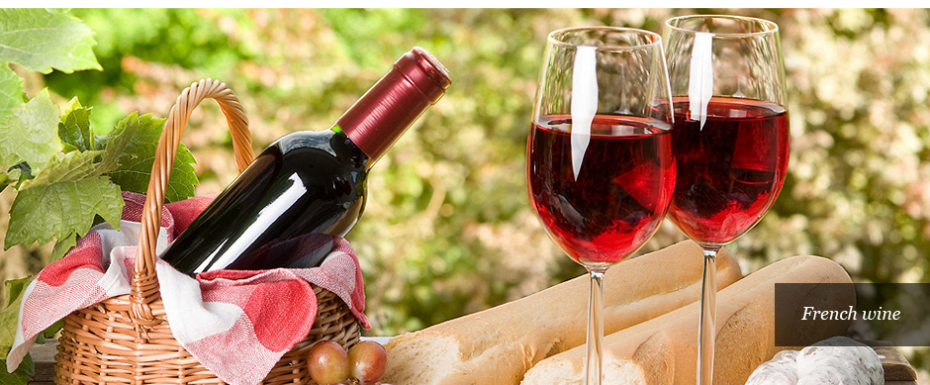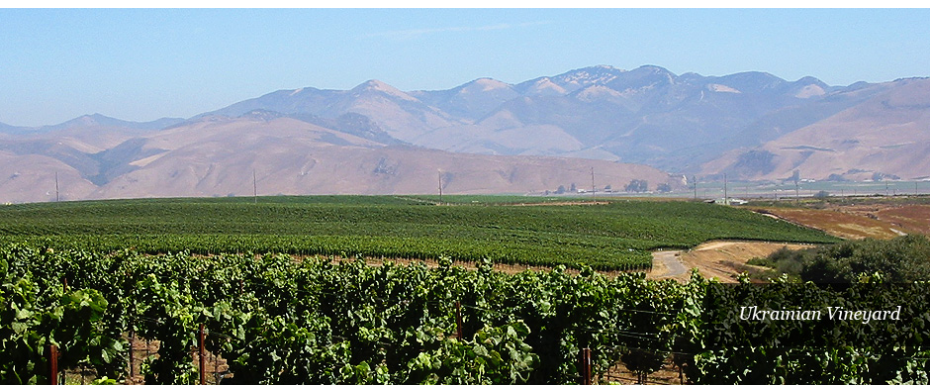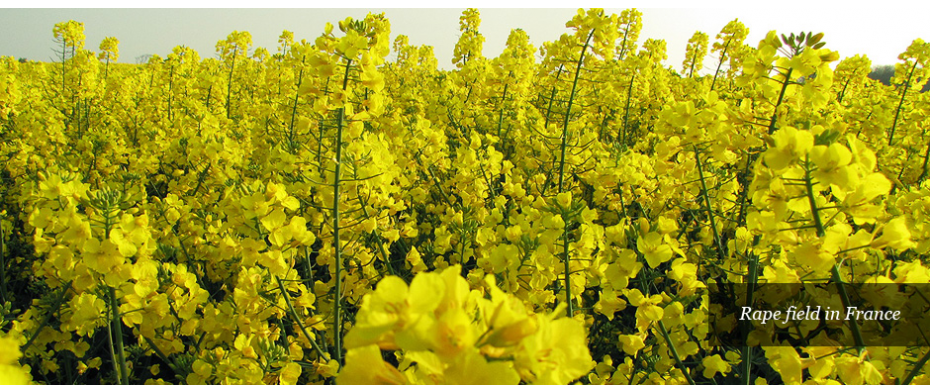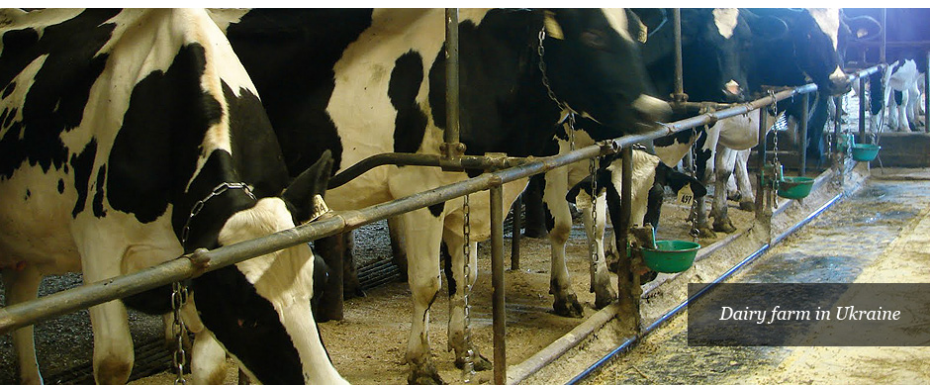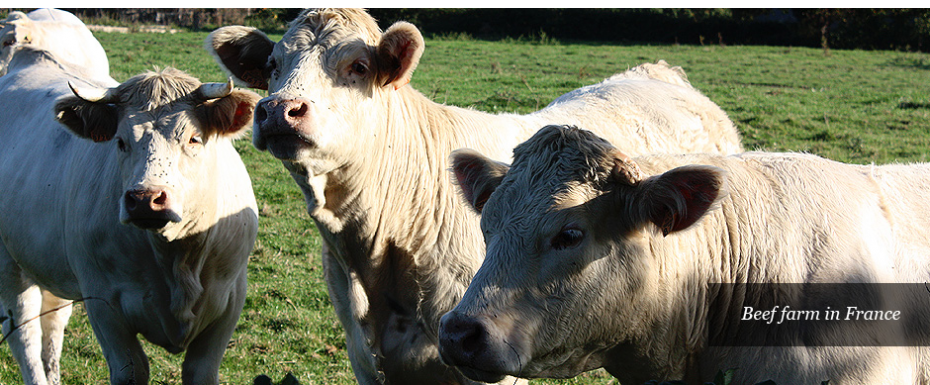RUSSIA

Territory and population
The Russian Federation is the largest state of the world that spans 17 million km² (31 times France) and has 11 time zones.
She took over the former Soviet empire three-quarters of its territory, more than half of its population, two thirds of its industry and half of its agricultural production.
Divided into 83 administrative units (republics, oblasts, okrugs) its territory is now home to 128 nationalities with a total population of 142 million.
Hundreds of thousands of tourists and businessman come here every year for business and pleasure without forgetting to visit Moscow with its Kremlin, St. Petersburg on Neva and other Russian curiosities.
Today Russia is a country with strong presidential power that wants to play a leading role in international discussions. The main directions of Russian policy are elaborated and implemented by its current President Dmitri Medvedev and Prime Minister Vladimir Putin.
Russia is one of the founders of the CIS that is political and economic union formed in 1991 to maintain close ties between the countries of ex-USSR.
Economy
Russia possesses a powerfull economy mainly thanks to mining: it is the first producer and exporter of natural gas, the first producer of petroleum, sixth producer of coal and a major producer of nonferrous metals.
It is also a major agricultural player in the world that has 10% of all cropland in the world and 50% of fertile black soil of the planet (chernozem). It is the fourth largest exporter for the cereals after the USA, EU and Canada and the world's largest producer of raspberries and currants as well beetroots and potatoes.
From its soviet past Russia has also inherited a heavy metal industry and expertise in the fields of aerospace, defense and energy.
Agriculture et élevage
Located in both Eastern Europe and Northern Asia, Russia is characterized by a wide bioclimatic variety: tundra, taiga, deciduous forests, steppes and meadows alternate. The areas most suitable for agriculture are the Belgorod region, the one of Moscow, Leningrad, Tatarstan and of course Krasnodarskiy Krai.
60% of Russian agricultural lands are cultivated (116 million ha) and 40% are occupied by pastures. The availability of unused land for cultivation is a major asset of this country and attracts the attention of potential investors. The rural population represents 27% of the total population.
Today Russia produces 85 million tons of cereals in average per year (mainly wheat and barley) and 6.5 million tonnes of sunflower.
For breeding poultry and pigs are the two most growing categories. Cattle whose herd has declined by 62% between 1992 and 2010 is mainly used to produce milk (8.8 million dairy cows in total). The increase of productivity cannot stem the decline in milk production deficit.
Russia also has a thin Mediterranean zone along the Black Sea where they grow grapes, tobacco, tea and citrus. The vine’s development is on the projects of Russian power.
We hope you share our passion for Russia, its people and its culture by adapting our program to your travel needs.

 INTERNATIONAL
INTERNATIONAL